Deciphering the DNA of Ancient Ancestors - Latest Findings in the Story of Denisovan Ancestry
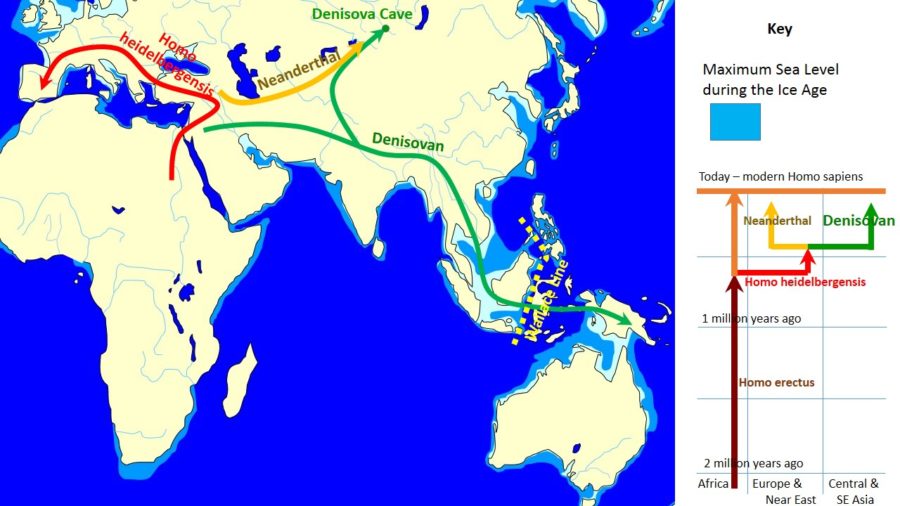
The intriguing tale of human evolution gained a new chapter in recent years with the discovery of the Denisovans – an elusive group of archaic humans who, alongside Neanderthals, once shared our planet. While Neanderthals have enjoyed significant time in the spotlight, recent discoveries, particularly in relation to Denisovan DNA, have illuminated fascinating facets of our shared history and continue to reshape our understanding of human ancestry.
Unveiling the Denisovan Legacy: A Journey Through Time and Genetics
Identified through DNA analysis of a finger bone fragment found in Siberia's Denisova Cave in 2010, Denisovans left behind relatively few physical remains. However, their genetic legacy tells a much larger story. Research has revealed that Denisovans interbred with modern humans, leaving traces of their DNA in present-day populations, particularly in Southeast Asia, Oceania, and, surprisingly, the Tibetan plateau.
One groundbreaking study published in the journal Nature in 2021 revealed the presence of Denisovan DNA in the genomes of present-day Papuan and Indigenous Australian populations. This research suggests that these groups carry the highest known levels of Denisovan ancestry, ranging from 3% to 6%, highlighting a more complex interaction between early human groups than previously understood.
The High-Altitude Advantage: A Genetic Gift from Denisovans
Perhaps the most unexpected discovery relating to Denisovan ancestry lies in the high-altitude adaptation of Tibetan people. A specific gene variant, EPAS1, found in Tibetan populations allows them to thrive in the oxygen-thin environments of the Himalayan highlands. Intriguingly, this gene variant is remarkably similar to the one found in Denisovan DNA, suggesting that this beneficial adaptation was acquired through interbreeding with Denisovans thousands of years ago.
This discovery, initially reported in Nature in 2014, fundamentally changed the way scientists view human adaptation to extreme environments. It demonstrates that interbreeding with archaic humans like the Denisovans provided modern humans with advantageous genetic variations, shaping our evolutionary journey in profound ways.
The Quest Continues: Unraveling the Mysteries of Denisovan Ancestry
Despite significant advancements in genetic research, much about the Denisovans remains shrouded in mystery. Their geographic range, physical appearance, and cultural practices are still largely unknown. However, ongoing research promises to shed light on these enigmatic ancestors.
For instance, analysis of ancient environmental DNA found in sediment layers within Denisova Cave and other sites across Asia provides valuable clues about Denisovan presence and their interactions with other hominin species. Furthermore, advancements in DNA extraction and sequencing techniques offer the potential to uncover even more about Denisovan ancestry and their impact on modern human populations.
Looking Forward: The Future of Denisovan Research
The study of Denisovan DNA represents a captivating frontier in our understanding of human evolution. As technology advances and research continues, we can anticipate exciting new discoveries that will further illuminate the story of our shared past. Unlocking the secrets held within ancient DNA not only provides insights into our origins but also has the potential to enhance our understanding of human biology, adaptation, and the complex tapestry of human diversity we see today.


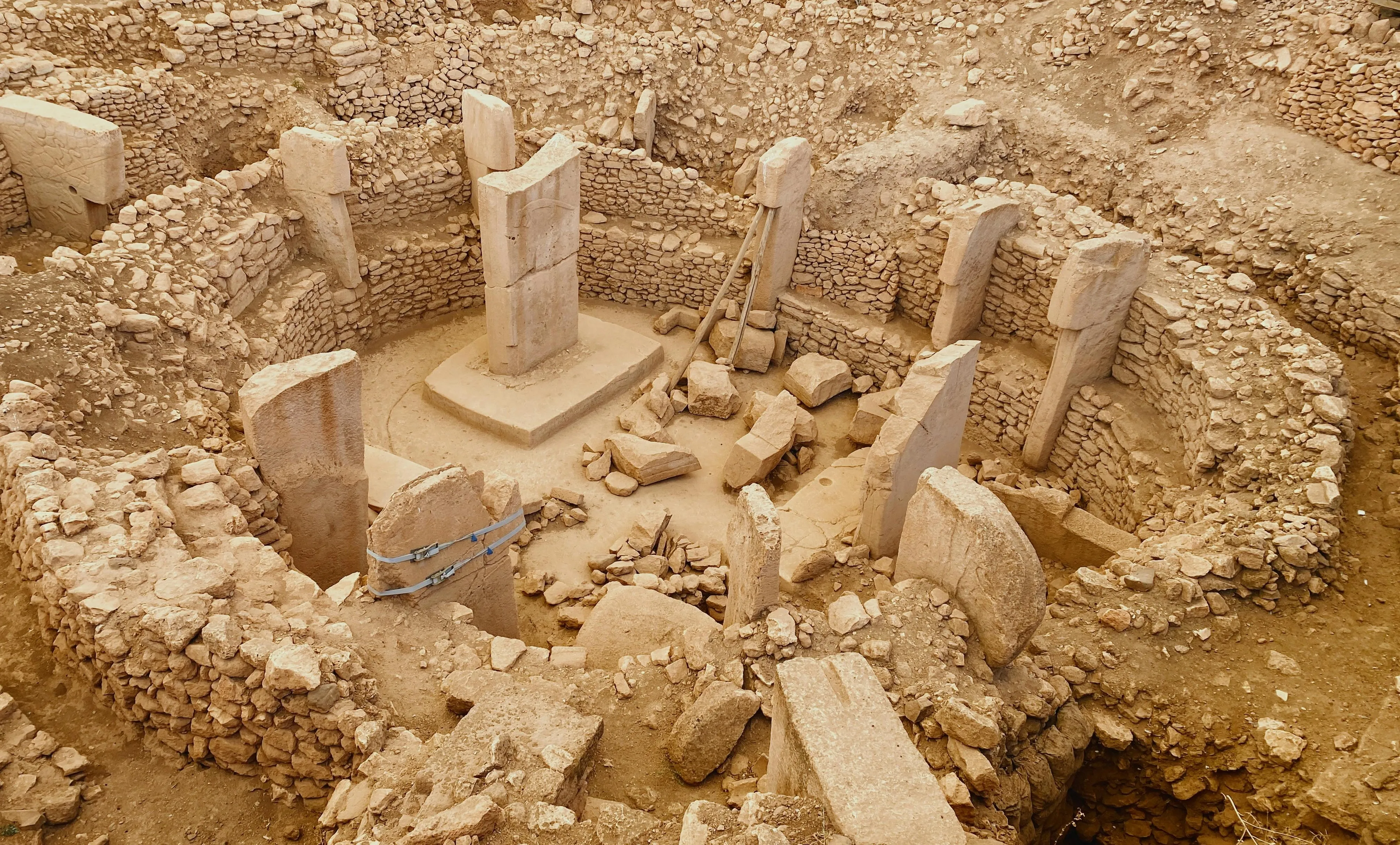
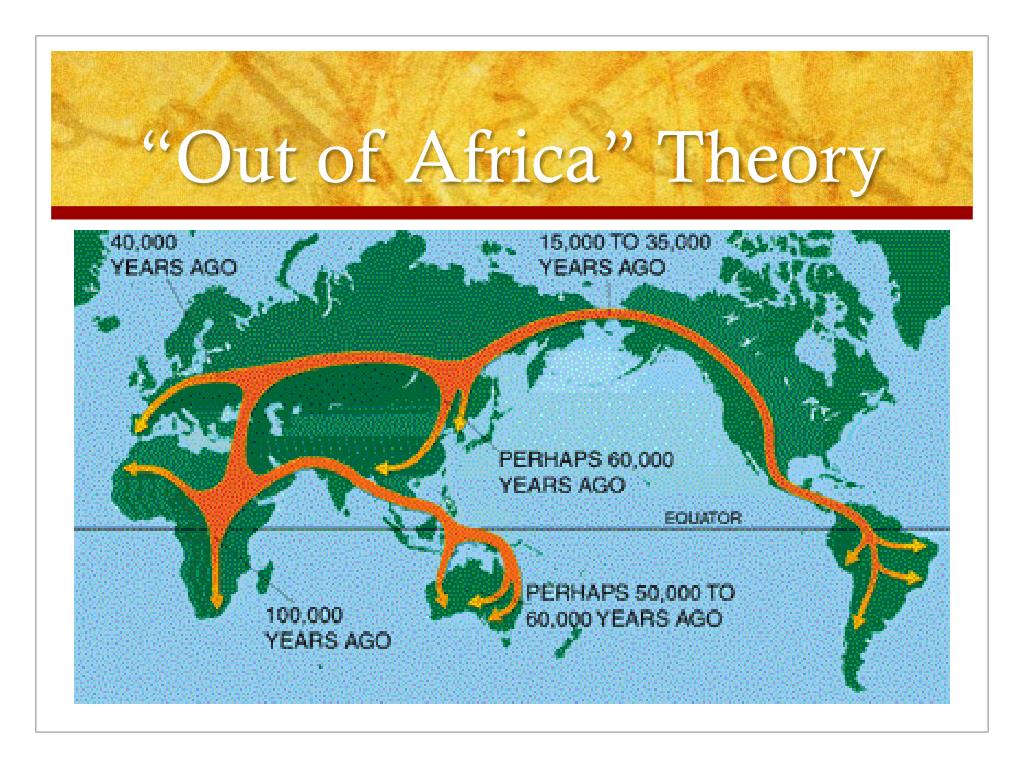


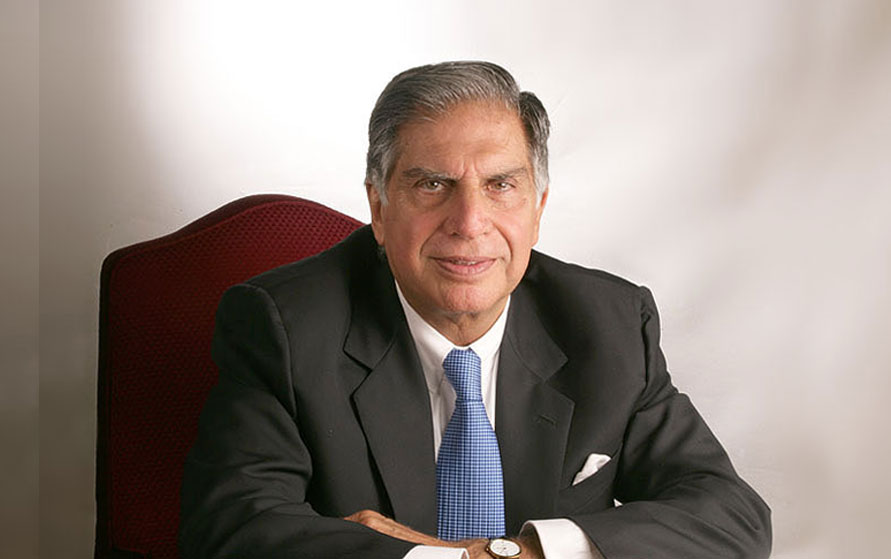






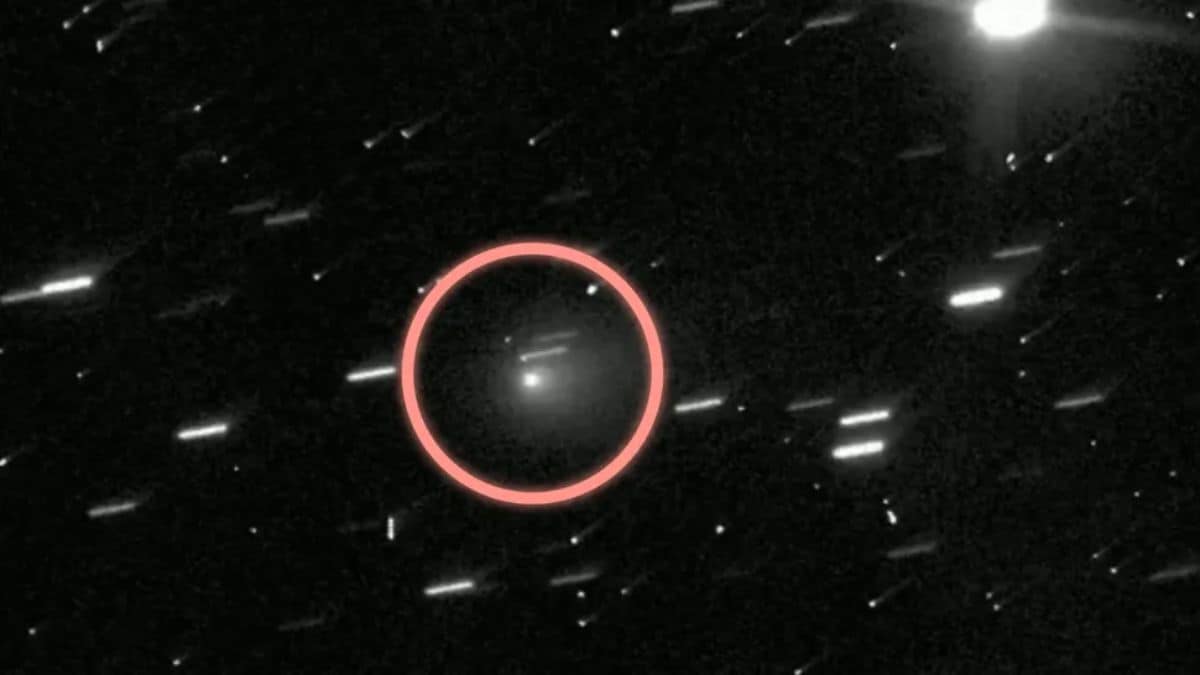




Comments ()